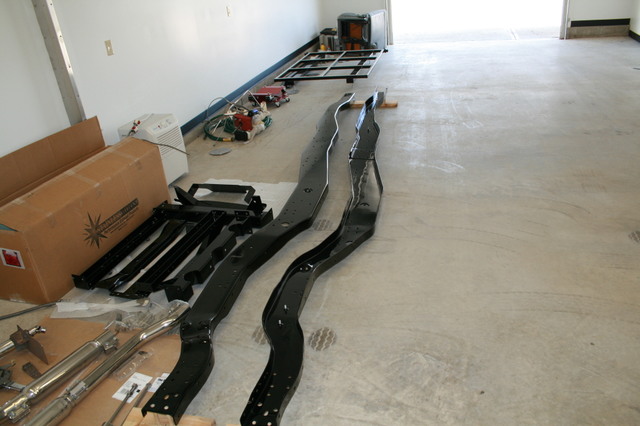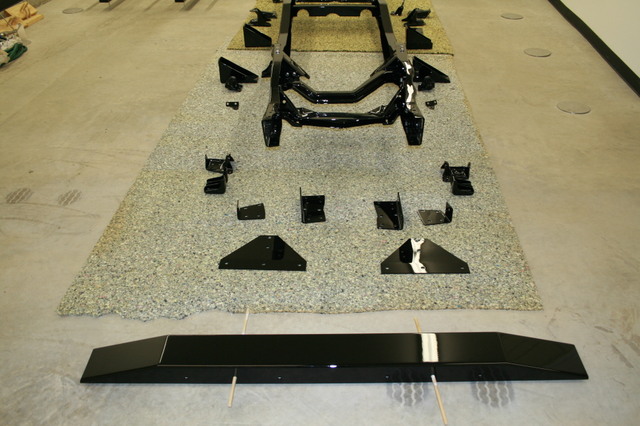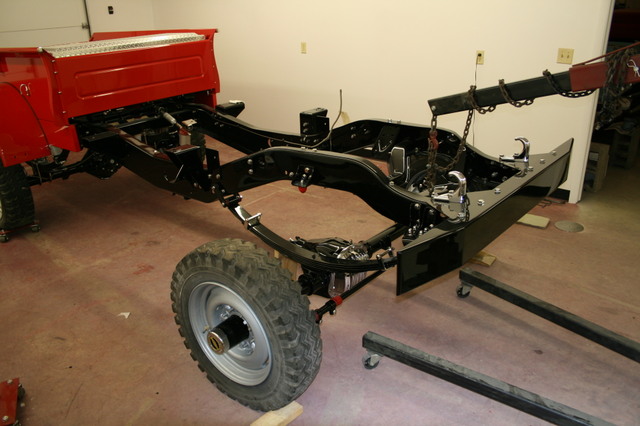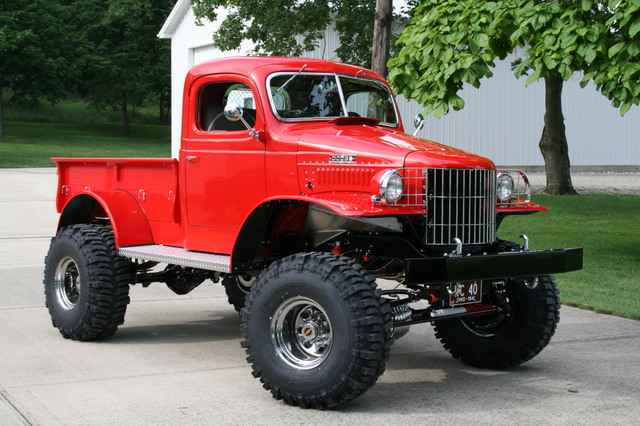Since I am changing around the suspension some on the Carryall build, I am tasked with removing the factory rivets from the factory cast/forged spring hangars and rear motor mounts. Previously the original bellhousing/rear mounts were just torched flush with the frame. I am going to remove them entirely since I am having to build new front suspension mounts.
Anyone have a preferred method for removing the old rivets? Whats your prefered type of air-hammer once you cut the heads off?
Anyone have a preferred method for removing the old rivets? Whats your prefered type of air-hammer once you cut the heads off?






Comment